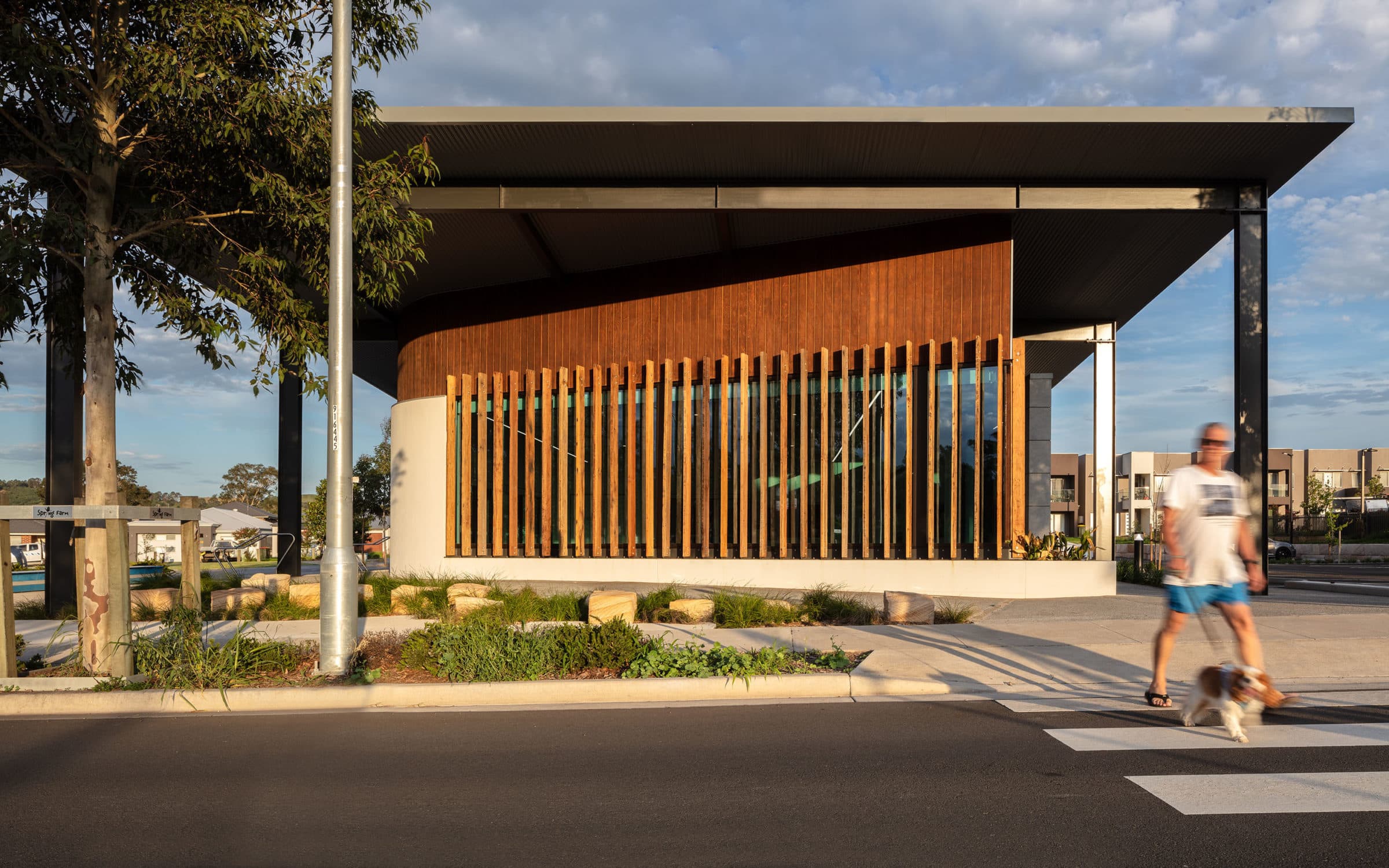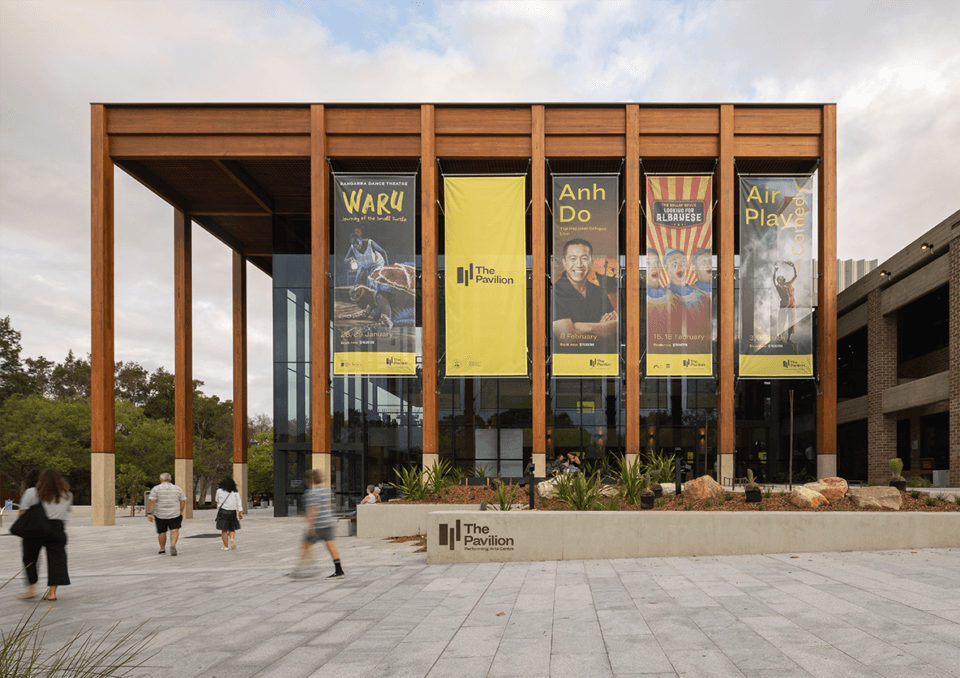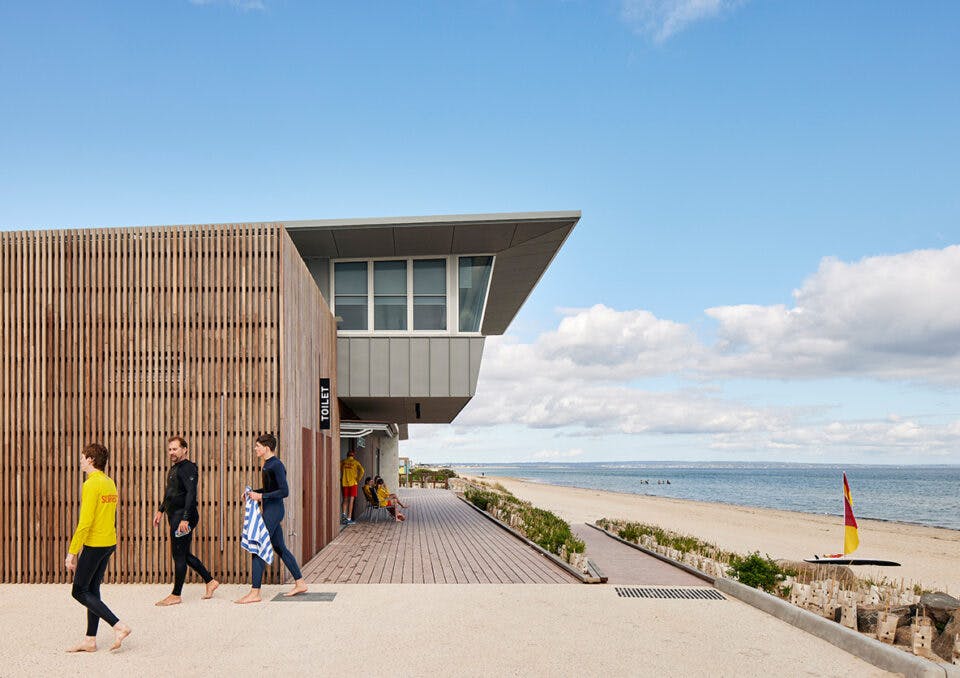Social Un-Distancing: Returning to our Community Spaces

Spending a lot of time at home, working, living and socialising within a small footprint as mandated by the conditions of the pandemic, it becomes obvious to us how our living spaces impact our happiness and productivity. Many have reported the stress of cabin fever, the fear of contagions in their locale.
In the study of environmental psychology, it is proposed that the spaces we occupy can have a measurable impact on our state-of-mind. One field of study into the impact of the environment is in Attention Restoration Theory, which proposes that exposure to nature is not only enjoyable but can also help us improve our focus and ability to concentrate. Ordinary natural settings were seen as having the highest overall restorative effectiveness, everyday urban settings as having the lowest, and sports/entertainment settings as in between. This might explain why we are seeing so many people keen to get out onto the beautiful waterfronts and parks in Sydney, looking to calm their minds and get out of their houses.
Hopefully, in the coming months and communities open up and gather more freely, good quality community spaces and libraries will provide a warm welcome to all. As architects, we are hopeful that our work can reach beyond the physical realm when it creates opportunities for creating social ties that are so important in overcoming crisis.
“Third places” as community builders
The seemingly endless expansion of suburbanisation on the urban fringe can result in two serious impacts on our mental wellbeing; pushing accessible green space further away from the centre, and creating a dangerously mundane urban desert in the interior. An urban response to this is through the insertion of small “acupunctural projects”, targeting a specific area but influencing the whole region. These public civic spaces may provide health care, learning, gathering and community outreach, drawing neighbours out of their private domains and into Third Spaces.
Within this context, community spaces must generate their own language of civic space, centred on sharing and openness. In contrast to the commercial realm (buy, spend, consume) and the private realm (invitation only), they must convey a welcoming message of accessibility (come in, it’s safe here). They must connect with history and context (what was here before) as well as meaning and public sentiment (what do we value).
And if we want architecture to be restorative, we must also use it as the frame for experiencing nature, whether it is a small garden, a distant vista, or a stand of native trees full of birds. In this way we can encourage people to rest and breathe, creating mental space for interaction and concentration.
Spring Farm Community Centre, recently completed by our Life & Culture Studio, is quietly awaiting a grand opening, as restrictions on gathering ease and hopefully the community can come out to enjoy a lovely new civic space


